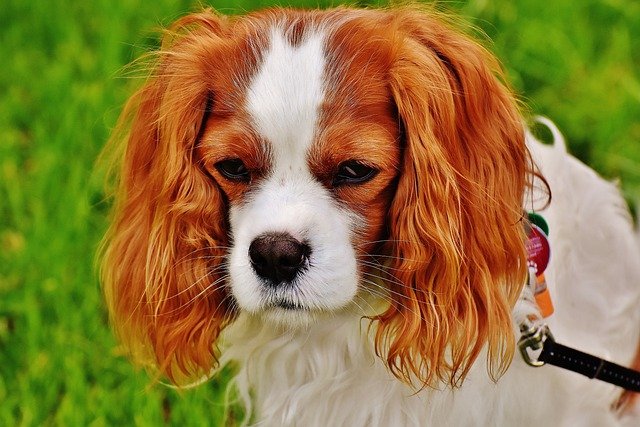As a new dog owner, you might not be prepared for the antics you are about to face. This article seeks to identify and explain enough of them to give you a head start.
Dog care comes with uncertainties that can throw you through the loop. It comes with waking at 2 am and rushing them to the vet because they swallowed a sock. It comes with calling everyone you know to find out if it’s ok that they just ate the cheese sandwich they just stole off your plate. Dog ownership comes with unexpected laughs, lows, and love. You won’t regret it, but you might become baffled by it.
A backwards sneeze is just the beginning.
Here is all you need to know about keeping your new puppy in tip-top condition.
What is the Reverse Sneeze? The Backwards Sneeze
When a dog gets dust or another irritant stuck in its nose, it can’t get it out the same way that we do. This can cause them to make an elaborate scene. A reverse sneeze is their attempt at removing the irritant. It looks and sounds far, far worse than it is. Before you rush your beloved fur baby to the hospital, here are the symptoms of the reverse sneeze:
- The dog holds a stance as if it were going to be sick. It has its tail down and its nose pointed towards the floor.
- The dog will be snorting gasps of air
- This might make them lift the corners of their mouths
- It will sound horrific as if they can’t breathe
- It will usually pass within 20 seconds
If your dog successfully frees the irritant, it might end with a sneeze. It might not. When this happens it is often because of something in the air that triggers the dog’s sinuses. This means that reverse sneezing usually comes in groups. It is usually completely harmless.
Dog Care Tips for the New Owner
The reverse sneeze or backwards sneeze is just one example of a hundred new experiences you get to enjoy.
Pet Odor
You should do your best to eliminate unwanted pet odors. Puppies pee on the floor before they learn to pee outside. Use puppy training pads to create a toilet area, moving them ever closer to the outside area. Once your dog is toilet trained, the dog smells in your house should improve.
Grooming and Fussing
Every dog requires a degree of grooming. Hairless breeds may not require a trip to the salon, but they do need tooth and nail maintenance. Invest in nail clippers or have your vet do the job.
Consider flea and worming treatments as part of the routine, too. Fuss your dog regularly, at least 20 times a day, and tell them they are a good boy or girl. It’s in the manual.
Insurance is Essential
Purebred dogs have notoriously bad health. Even potluck breeds have a hazy medical history. Take out pet insurance from the moment you get your puppy home. If something goes wrong, you need to know you have the funds to treat it.
Also Read: Easy But Impressive Tricks You Can Teach Your Dog


